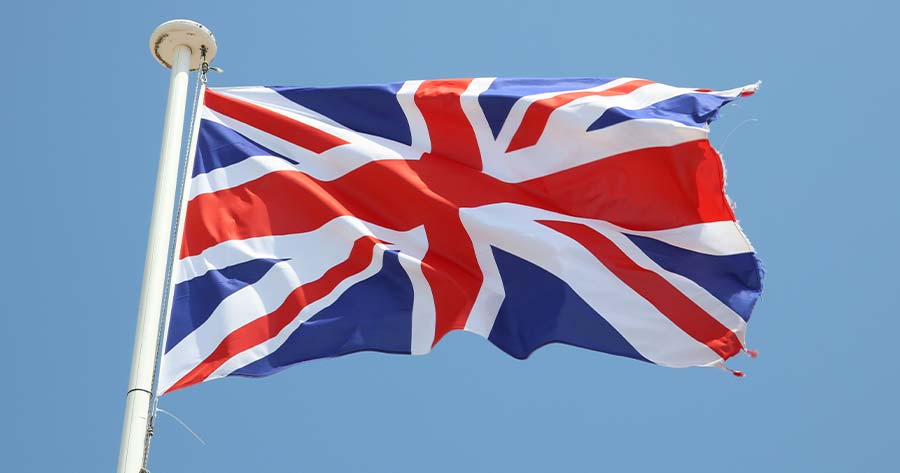In August, Britain’s economy showed signs of growth after two months of stagnation. This turn of events happened just before the new Labour government’s first annual budget.
According to a number from the Office for National Statistics (ONS), the monthly economic output climbed 0.2% in August, which was in line with the prediction from Reuter’s economist poll.
Yael Selfin, chief economist at KPMG UK, remarked that this growth will be a boon for the chancellor amidst the pressure from increasing spending.
UK finance minister Rachel Reeves is said to be very pleased with the figures released on Friday and added that the government’s top priority now is to facilitate economic growth.
Britain’s economic prosperity seems to maintain its course for a third consecutive quarter. According to the ONS, the GDP data from September needs to show a month-on-month 0.3-0.6% decline before it could be considered stagnate unless there are any revisions to existing figures.
After ONS’s report was released on Friday, there has been little to no change in the rate between GBP and US dollar. Investors are now expecting a quarter-point rate cut by the British central bank in November.
The ONS forecast for Britain’s monthly gross domestic output (GDO) for July and June was left unrevised, but the estimated growth for April and May was revised and now shows readings of -0.1% and +0.2% compared to previous numbers of 0.0% and +0.4%, respectively.
The British central bank expects marginal growth for the 3Q24 GDP by 0.4% and 0.2% in 4Q, which seems to be much closer to the economy’s actual growth rate.
On an annualized basis, the British economy showed 1% growth from last year, but was still below the 1.4% forecast by economists.
Additionally, British new prime minister Keir Starmer will host an international investment summit on Oct.14, as his main goal is to attract foreign direct investment and stimulate economic growth.





